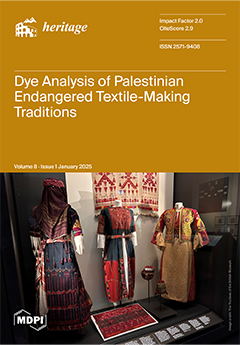Bengala, a steamer that sank in 1889 near Capo Rizzuto, Italy, was a relatively new vessel for its time, with an unusually short 18-year service life, given that steamers of the period typically operated for 30 to 40 years. Despite its brief
[...] Read more.
Bengala, a steamer that sank in 1889 near Capo Rizzuto, Italy, was a relatively new vessel for its time, with an unusually short 18-year service life, given that steamers of the period typically operated for 30 to 40 years. Despite its brief history,
SS Bengala played a significant role in the development of Italy’s young merchant navy, undergoing multiple ownership changes and serving various Italian shipping companies. Employed mainly along the route to Southeast Asia, it transported Italian migrants overseas and also participated in troop raids during the Italian military expedition to Eritrea in 1887. Despite its historical significance, no iconographic material has yet been found to depict
SS Bengala, and archival research conducted in Italy and England has not uncovered any naval plans, photographs, or drawings of the ship. To overcome this gap, the authors employed new technologies and historical information to create a virtual reconstruction. This research combined archival sources with underwater surveys, including a detailed 3D survey by divers and archaeologists. Archival research, including consultation of official documents, provided critical information on the ship’s dimensions, superstructure, rigging, materials, and construction methods. The 3D modelling of the ship’s external hull, based on precise geometric data from the wreck site, offers a first step towards virtual reconstruction. The modelling is grounded in photogrammetric surveying techniques, ensuring high accuracy in the reconstruction process. The model can be used in augmented reality (AR) applications to enhance underwater exploration, allowing divers to visualise the reconstructed ship in its original environment. Additionally, it supports museum exhibits, interactive visualisations, and educational games, making it a valuable resource for engaging the public with maritime history and archaeology.
Full article





